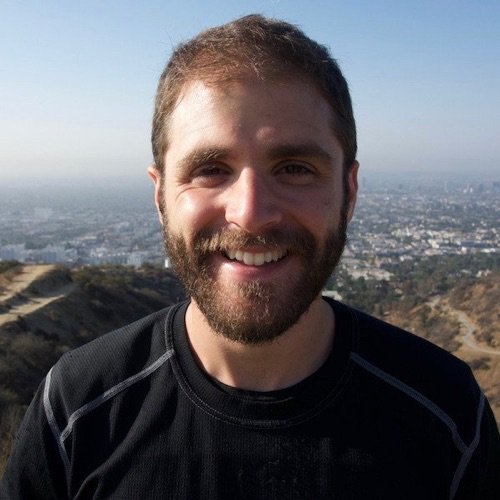Podcast: Play in new window | Download
Subscribe: Apple Podcasts | RSS
Welcome Jared Wolff of Circuit Dojo!
- Jared is a graduate of the Rochester Institute of Technology (which Chris also considered attending). He did co-ops while there, like we talked about on last week’s episode.
- While on co-op at Cisco, he was in the cable group and marveled at the techs doing repairs with magnet wire.
- He is an east coast guy at heart, so he moved back to Connecticut eventually
- Jared worked at Apple for a while, but the lifestyle is difficult because of time requirements and stressful travel. He was also there when Steve Jobs was still around and there was a bit of over the top hero worship.
- Nordic’s early bluetooth chipset was the nRF8001, which was a transceiver over SPI (no micro)
- Working for startups was interesting if you thrive on doing a lot of different things
- Burnt out on his last startup, decided to ride his motorcycle up and down the west coast. He got sick and ended up diagnosing himself with Valley Fever, a fungal infection prevalent in one of the places he visited.
- After healing up, he went to Taiwan for 4-6 monhs.
- There is a semiconductor fabrication program at RIT. There is a silicon ingot in a display case out front there.
- While recovering from burnout, a previous mentor hit him up for the IoT project.
- Mix of international and domestic manufacturing in his past
- A lot of military nearby in CT
- Comparison quotes with Taiwan, it was only a few dollars more for domestic production.
- Currently building a board with an nRF9160 module, the new cellular module from Nordic Semiconductor.
- Current status of nRF9160 is that it is shipping and working on different carriers throughout the world on Cat M1 networks.
- What does it take to get a modem talking to towers?
- Modems abstract commands in software
- Jared will be testing for FCC, ISED, CE
- Working with Resin
- The cellular module is pre-certified but carriers still want you to test your design on their network.
- Verizon requires over the air firmware capabilities, in case something goes wrong. The nRF91 firmware OTA is on the application side, which is unusual.
- Jared is hoping the modem will have bluetooth at somepoint as well. The external wideband antenna he is using might be good enough.
- Crowdfunding had an external antenna included.
- There are different categories of cellular service. Most cellphones operate with Cat 4 or Cat 6 connections. The higher the category, the faster the speed.
- Cat M1 is the slowest on LTE. NB-IOT is different equipment, so it isn’t even considered to be LTE.
- Based on the development from Nordic, Jared is using Zephyr to run his board.
- It’s an Real Time Operating System, but “feels” like linux for embedded. Zephyr is built on top of the chip’s SDK. “West” is the downloader that pulls in necessary dependencies, based upon a definition file.
- Huge library of boards available
- Jared wrote a post on how to create your own drivers on Zephyr
- The Device tree maintains swappability
- The nRF91 board is based on the adafruit feather form factor. Jared had previously created the air quality wing, which had various sensors:
- TVOC
- Humidity / Temp
- Particulate sensor
- Compatibility matrix on the Nordic site
- Chris recommends checking what kind of coverage you have with open signal.
- Though the first board run is no longer for sale, some boards are available soon. You can get a discount on a board at jaredwolff.com/amphour
- You can also follow along on Jared’s progress on his blog, where he also writes about firmware tests.


I’m a third of the way through this episode and so far it is entirely content-free. I thought there was going to be something about something cellular or IOT or something about specific products or project implementations, but so far it’s just a life story. A nice friendly chat, but where’s the frickin beef?
IoT in itself is content free 🙂
I liked the talk, but than again silicon valley bashing is quite interesting, always.
Also the stories about all of the manufacturing wanting to be done in china and now the mindset of everyone is changing, going back to local manufacturing where possible. Chris told that story in the last episode.